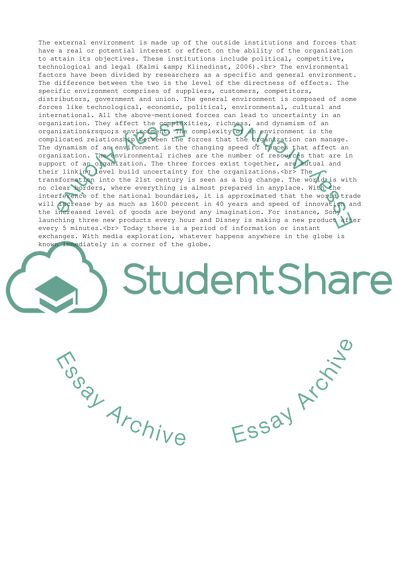Cite this document
(“Organisations in global environment Essay Example | Topics and Well Written Essays - 1500 words”, n.d.)
Retrieved from https://studentshare.org/business/1633031-organisations-in-global-environment
Retrieved from https://studentshare.org/business/1633031-organisations-in-global-environment
(Organisations in Global Environment Essay Example | Topics and Well Written Essays - 1500 Words)
https://studentshare.org/business/1633031-organisations-in-global-environment.
https://studentshare.org/business/1633031-organisations-in-global-environment.
“Organisations in Global Environment Essay Example | Topics and Well Written Essays - 1500 Words”, n.d. https://studentshare.org/business/1633031-organisations-in-global-environment.


